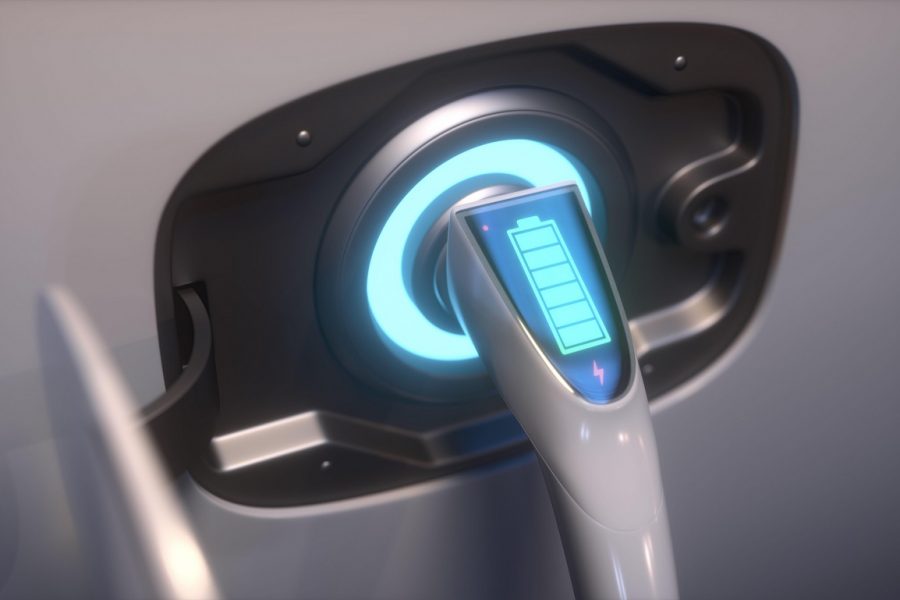How to keep EVs from taking down the electrical grid
Is the US electrical grid — a 70-year-old behemoth — equipped to handle the load of nearly 607,000 new electric vehicles (EVs) on the roads? As a security guy working in critical national infrastructure (CNI), I wonder. I know the threats facing the US power grid and see it struggling against an already strained capacity. So let’s “strength test” this load, see if the grid can handle all those EVs, and discuss what can be done if not. As the one CNI sector that singlehandedly underpins nearly all the others, it matters.
According to BloombergNEF, there will be nearly 1 million new EVs per month — or one about every three seconds. In the UK, 17% plan to buy an electric vehicle in the next year and nearly 70% would do so if money were no object. It’s no surprise, therefore, that BloombergNEF predicts more than 26 million EVs on the road by the end of 2026. An insurance consultancy estimates there will be roughly 4 million in California alone by 2030, and a report by BloombergNEF predicts that by 2040, nearly 60% of global passenger vehicle sales will be electric. From a purely emissions-based standpoint, it’s almost too good to be true. But what are the consequences?
Too Big for the Grid
The grid also faces the challenge of supporting a fast-growing fleet of EVs and plug-in hybrids (PHEVs) that may overextend its current capacity.
The current grid is something of a marvel, made up of 9,200 generating units, 600,000 miles of transmission lines, and more than 1 million megawatts of generating capacity. However, it was built when the current electrical needs of a household were a few lightbulbs and a toaster back in the ’60s. Now, think about an average Thursday night — your kids are home, there are TVs going in every room, you’re running a load of wash, nobody remembered to turn the lights off in the bathroom (of course), someone’s gaming, someone’s streaming, someone’s microwaving something, your toddler is talking to Alexa, and you’re charging your Tesla. Now add 26 million more Teslas and you see the problem.
Plus, the current grid is built to give, not receive, energy. This becomes an issue with new sustainable sources of energy putting energy back into the system — like wind turbines, solar panels, and (yes) electric vehicles. We’re forcing the current grid far beyond its intended use; to do any more, some suggest switching to a smart grid, which unlike the current infrastructure can give and receive power, and its capacity will be much larger than what we have now. Large loads — like EV charging stations, heating and cooling systems, and football stadiums — can crash the grid, bringing the kind of instability we’re trying to avoid and generally being bad for business.
To read the complete article, visit Dark Reading.

















